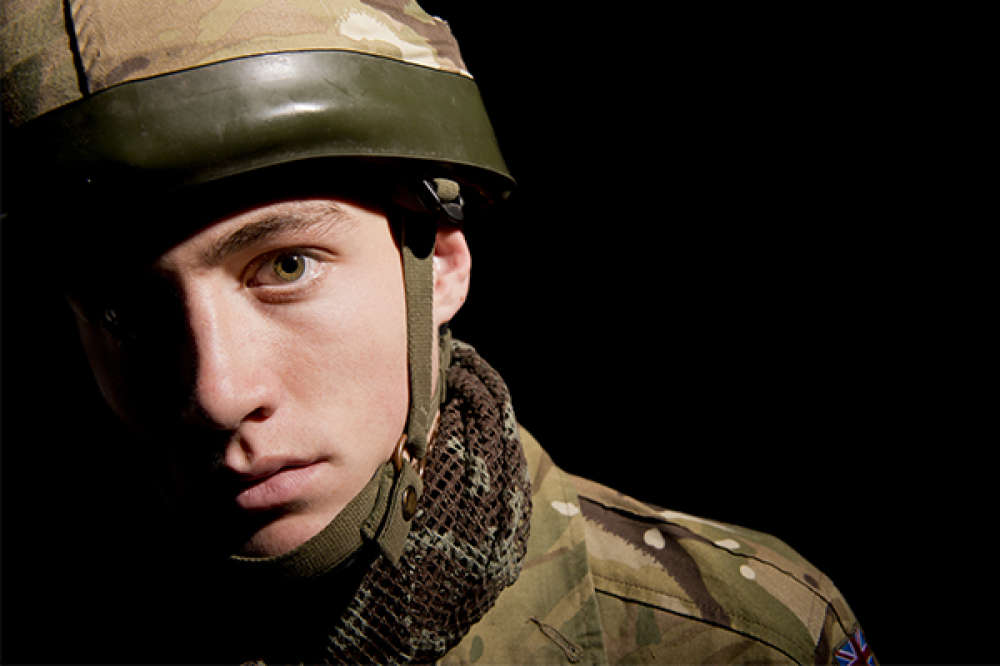Since 2001 the United States military has been engaged in the most sustained series of combat operations in its history1. Furthermore, service members have endured the longest and most repeated deployments, with the shortest rest periods between them in U.S. history1. Given the intense stress of these deployments, many veterans cannot wait for the moment they step back onto American soil. However, reintegrating into civilian life after a deployment or finishing military service can be very challenging and anxiety-ridden.
A Widening Gap
One big challenge may be that the gap between military veterans’ experiences and civilian understanding is widening. Recent research shows that over 70 percent of veterans feel that civilians do not understand the problems they face, and over 70 percent of civilians report they do not understand challenges veterans face2. In addition, research shows that fewer and fewer Americans have personal ties to the military, and those who do not have immediate family members in the service are less likely to offer support to families who do2. These gaps in understanding and contact can lead to military veterans and their families feeling isolated from their civilian communities which could interfere with their reintegration.
Anticipated Stigma
Other studies that have found that anticipated stigma is a major concern of military veterans. The term “anticipated stigma” refers to concerns about being treated unfairly by others, devalued, or discriminated against for holding a stigmatized attribute—in this case, for military service or identifying as a military veteran3.
While it would be wonderful to write there is no cause for concern about anticipated stigma, research does show that civilians greatly overestimate the percentage of veterans who are likely to experience PTSD, believing that over 50 percent suffer from it4. Actual prevalence rates suggest it is more likely between 10 and 20 percent4. This is worrisome in relation to the documented stigmas associated with PTSD, particularly that those with the disorder are violent or crazy.5
Implicit Bias
One recent research study examined how civilians feel towards military members using a measure of implicit bias. This term refers to negative bias without conscious awareness or knowledge that affects feelings, behaviors, and decision-making. It is shaped over a lifetime through firsthand learning experiences and indirect messages from family, culture, and media exposure6.
This study recruited 48 undergraduate students to complete a measure of implicit bias against military veterans using the Implicit Association Task test; see examples at implicit.harvard.edu7. Results indicated that overall, civilians showed a mild negative bias toward military veterans, which were not affected by their biological sex, political affiliation, or, surprisingly, by family history of military service. It is important to note this study was the first of its kind, and it used a very small nonrepresentative sample. However, it does provide further evidence that stigmatization occurs implicitly.
Call to Action
This research should be a call to action for most civilians to work to increase their understanding about issues facing military veterans to reduce stigmatizing beliefs and attitudes. This in turn can serve to better support military veterans and their families as they reintegrate into civilian life.
Consider contacting a local veteran service officer about events or organizations that support troops. Visit the Center for Deployment Psychology (http://deploymentpsych.org/military-culture) to gain an understanding of military culture, service, and the sacrifices veterans have made. Or view Restrepo (http://restrepothemovie.com) and other recent documentaries, which provide a window into what deployment may have been like for veterans in your community.
Sources
1. Tanielian, T., & Jaycox, L. (2008) Invisible wounds of war: Psychological and cognitive injuries, their consequences, and services to assist recovery. Retrieved from http://www.rand.org/pubs/monographs/2008/ RAND_MG720.pdf
2. http://www.pewsocialtrends.org/2011/11/23/the-military-civilian-gap-fewer-family-connections/
3. Vogt, D., Di Leone, B. L., Wang, J. M., Sayer, N. A., Pineles, S. L., & Litz, B. T. (2014). Endorsed and Anticipated Stigma Inventory (EASI): A tool for assessing beliefs about mental illness and mental health treatment among military personnel and veterans. Psychological Services, 11(1), 105-113. doi:10.1037/a0032780
4. Greenberg Quinlan Rosner Research and Public Opinion Strategies. (2012). A New Generation of Leaders: A Report on America’s Perceptions of Iraq and Afghanistan Veterans. Retrieved October 17, 2016, from https://www.missioncontinues.org/uploads/A-New-Generation-of- Leaders.pdf
5. Mittal, D., Drummond, K. L., Blevins, D., Curran, G., Corrigan, P., & Sullivan, G. (2013). Stigma associated with PTSD: Perceptions of treatment seeking combat veterans. Psychiatric Rehabilitation Journal, 36, 86–92. http://dx.doi.org/10.1037/h0094976
6. Greenwald, A. G., McGhee, D. E., & Schwartz, J. L. K. (1998). Measuring individual differences in implicit cognition: The implicit association test. Journal of Personality and Social Psychology, 74, 1464–1480. http:// dx.doi.org/10.1037/0022-3514.74.6.1464
7. Schreger, C., & Kimble, M. (2016). Assessing Civilian Perceptions of Combat Veterans: An IAT Study. Psychological Trauma: Theory, Research, Practice, and Policy, doi:10.1037/tra0000191
Sarah Krill Williston is a PhD Candidate in the Roemer lab at the University of Massachusetts Boston. Sarah’s research primarily focuses on developing strategies to increase mental health literacy and reduce mental health stigma, to empower individuals to more effectively seek evidence-based mental health care for anxiety and trauma-related disorders. In addition, Sarah’s clinical interests include providing evidenced-based treatments (primarily CBT, ABBT) to individuals with mood, anxiety and trauma-related disorders, with a particular interest in working with military families, active duty service members, and veterans.



